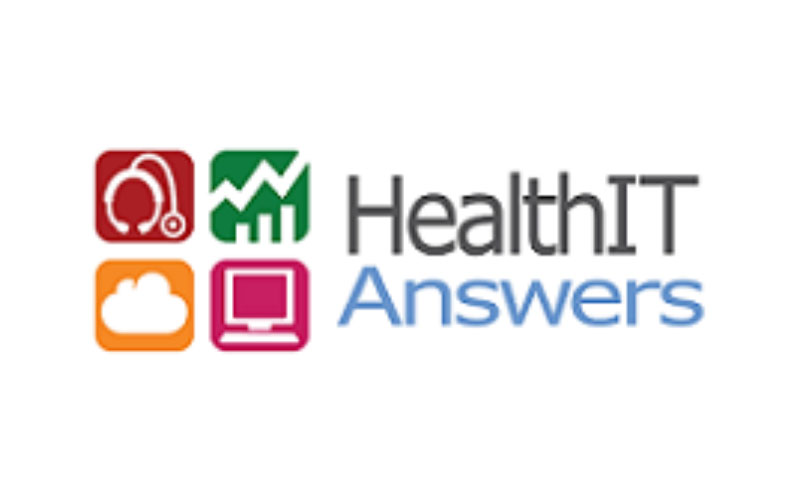How to enable outstanding experiences with the right technology
2020 has not been kind to many industries and individuals, and healthcare is no exception. Between changes to payment models and shifting regulations that were already in the works, plus a worldwide pandemic, the healthcare industry has been through the ringer. Yet in many ways, healthcare organizations have responded with incredible resilience – transforming and adapting faster than ever before.
So how do we keep this spirit of innovation alive as we go forward? How do we manage an outstanding patient experience, maintain a patient-centered culture, and multi-skill our staff?
We’ve talked before about the absolute necessity of experience management (XM) for today’s healthcare organizations and patient financial services (PFS) teams.
And one of the key enablers to effective XM is… drum roll, please… technology.
If you want to successfully gather patient feedback, consolidate it, and surface the most important insights and actions, here are four ways to take your tech stack to the next level.
In order to deliver on the experiences that customers expect, organizations can’t just react to challenges. They must find ways of predicting and resolving problems before they happen.
Break down the data silos
More than ever before, businesses rely on customer feedback to understand and optimize the customer experience. In order to truly put the patient first and deliver the kind of experience they need and expect, your healthcare organization, PFS department, or contact center needs to be able to connect all your patient feedback data, from every channel, onto a single platform.
When you consolidate data from different channels, you’re able to:
- Identify problems faster
- See the “why” behind issues
- Get real-time alerts regarding one channel that could impact activity on another
- Keep the experience smooth for patients when switching between channels
- Resolve urgent patient issues quickly while also addressing larger problems
Capture & analyze actionable patient insights
One of the main goals behind any XM program is collecting the insights you need to deliver a strategic, personal, and differentiated patient experience. Your ability to actually harness those insights depends on these innovations:
- Voice analytics – Voice-to-text technology allows you to gather real-time feedback from patient calls, helping pinpoint key topics and trends in the patient experience.
- Predictive analytics – When applied to experience management, predicative analytics can help you prioritize patients based on certain needs or criteria – so you can put your resources where they are needed most and where they will deliver better returns.
- Artificial intelligence (AI) – These systems “study” and “learn” from the workflows, behaviors, and patterns of your high-performing agents – eventually taking on non-voice-based cases, serving patients efficiently, and lightening the load on your department.
Combine operational data with experiential data
When your operational (O) data and experiential (X) data are stored in different systems, you can’t see how the two feed off of one another or how a patient-centered approach could impact your organization’s core metrics.
You need an XM platform that brings your O-data and X-data together – letting you observe the big picture and see how changes to operational metrics (e.g., call handle time) impact things like patient satisfaction.
Deploy the right tech with the right partner
You may be thinking, “This all sound great, but how on earth do I go about deploying a tech stack THAT sophisticated?”
Find out how you can begin implementing the leading XM platform right away with our team at Revenue Enterprises. Check out our free, on-demand webinar with Qualtrics, the leader in XM. And come away with the practical next steps you need to make XM your differentiator.
Webinar
HOW TO USE X-DATA AND O-DATA TO INCREASE PATIENT SATISFACTION (& REVENUE)
FREE ON-DEMAND WEBINAR
In this webinar, we’ll talk about why your PFS team or healthcare facility must capture the right combination of operational and experiential data to thrive during this turbulent era – and for years to come.




